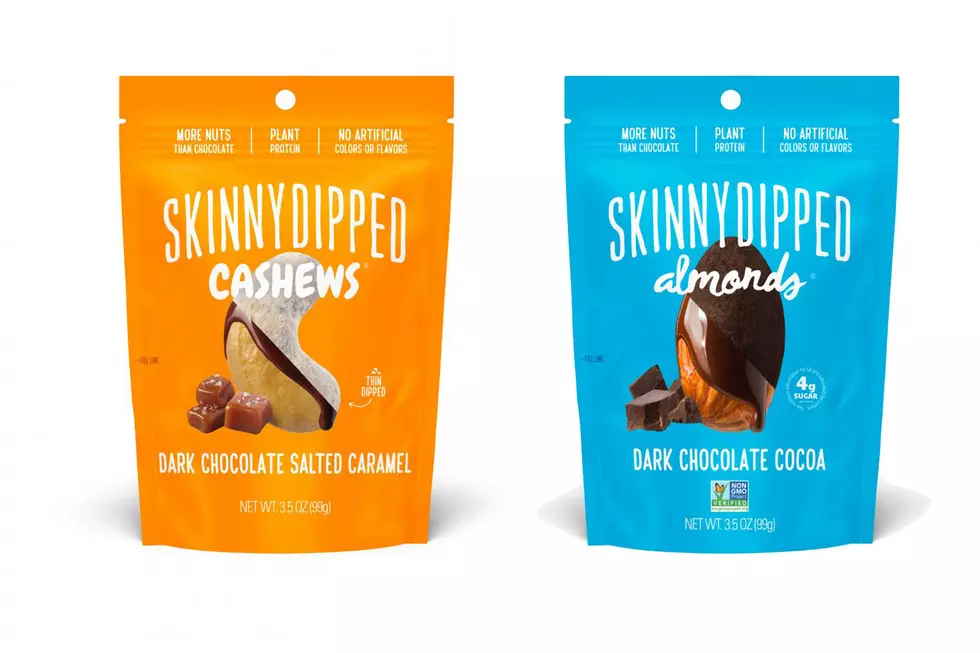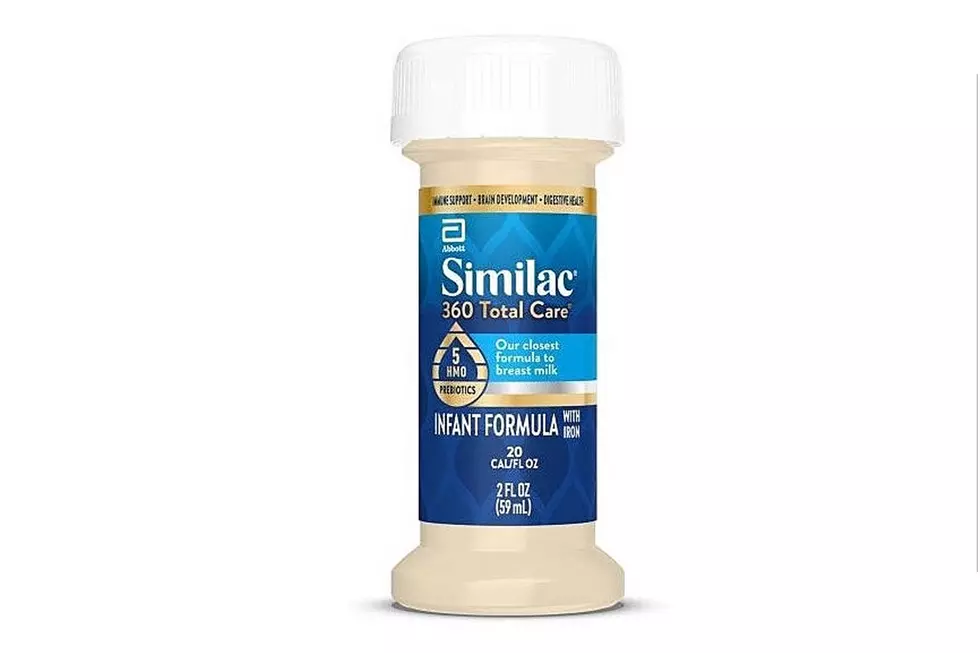
How Do I Make My Cookies Better? Some Tips To Homemade Cookie Perfection
This will come to no surprise to anyone who knows me well: I have a strong distaste for box-cooking. Nothing - and I mean nothing will ever taste better than something you've made from scratch. That means toss the brownie and cake mixes, the pizza crust packets, the pancake powder, and the pre-made cookie dough and make your own. That's why you have flour, sugar, fats, and seasonings in your kitchen cupboard. (Sorry if I suddenly sound like Martha Stewart; The lady is right!)
Over the years, I've mixed a lot of cookie dough batter - and, I've learned a few things.
Here are some of my tips for better cookies:
- No matter what the recipe says - I always mix my cookie dough (and cake batter) like this: Cream the sugar and butter/fat first, add your wet ingredients, then start to add your dry ingredients - saving the flour for last.
- Don't over-mix the flour. It creates gluten and makes for tough cookies.
- After you've mixed your dough, rest it in the refrigerator for a day. Seriously. I usually bake over the course of two days - mixing the dough on the first day and baking it on the second. It's easier to do once you come to the understanding that mixing dough and baking it are two different processes. Refrigerated dough handles and bakes better. You'll get more consistent results using this process.
- Use a high-quality, restaurant-style half-sheet pan to bake on. Throw those thin, bendable cookie sheets that most bog box stores sell. Half-sheet pans (the kind with the lip around the edge) don't warp under the heat of your oven. They also heat evenly and will bake your cookies better. And by all means, buy these half-sheet pans in quantity. That way you can batch your cookies faster without having to wait for a pan to cool.
- Use parchment paper or a Silpat on those half-sheet pans. Once you start to bake (and cook) with parchment or a silicone-liner like a Silpat, you'll never go back to not using them. There is a reason that professional cooks use these sort of kitchen tools.
- Obtain and use a food-industry scoop to form your cookies. In this manner, you'll always have uniform, consistent cookies. Plus it's easier than trying to "eye-ball" your measurements with spoons or something else.
- Trust your eyes rather than the timer. Of course I suggest setting a timer, but only as a guide. Your cookies are done when they look done. (They'll also smell done - but that's a post for another time).
- When you remove the pan from the oven, leave the cookies on it to cool for a few minutes. When try to remove the cookies too soon, they don't form nicely. Cookies also need to finish baking with the residual heat of the pan.
In addition to these tips, ozy.com has some good scientific help on how to build a better cookie recipe.
More From KOOL 101.7









